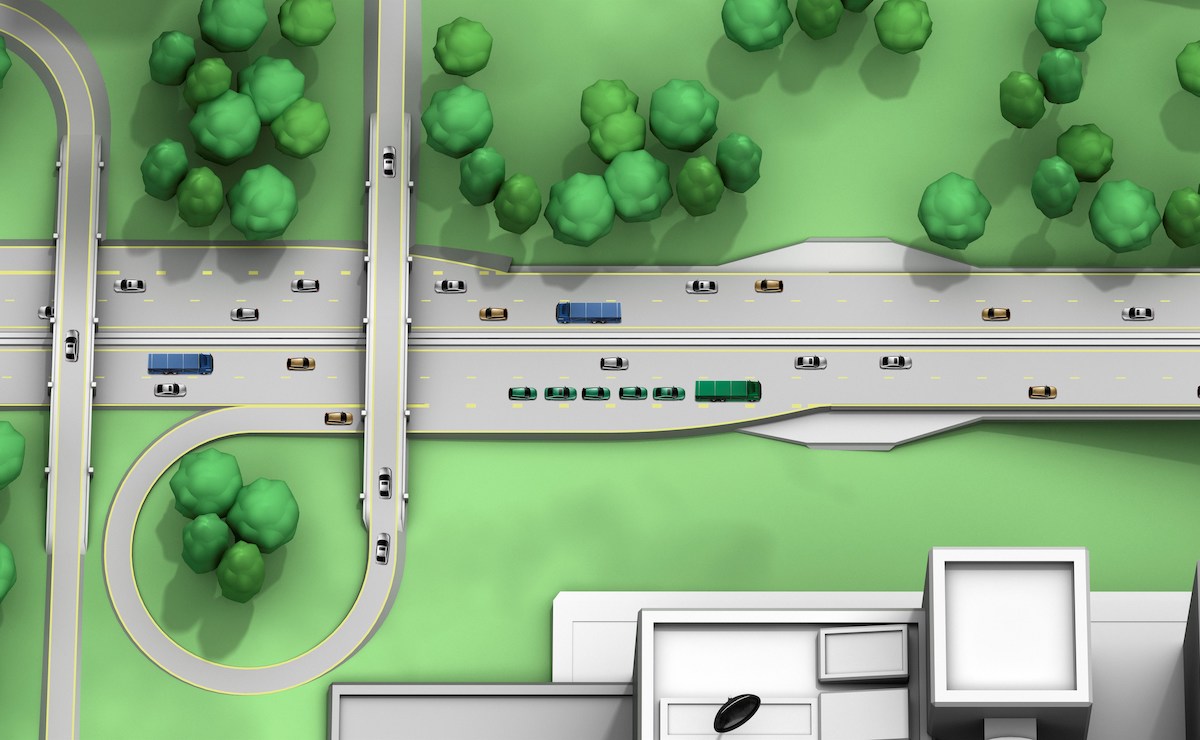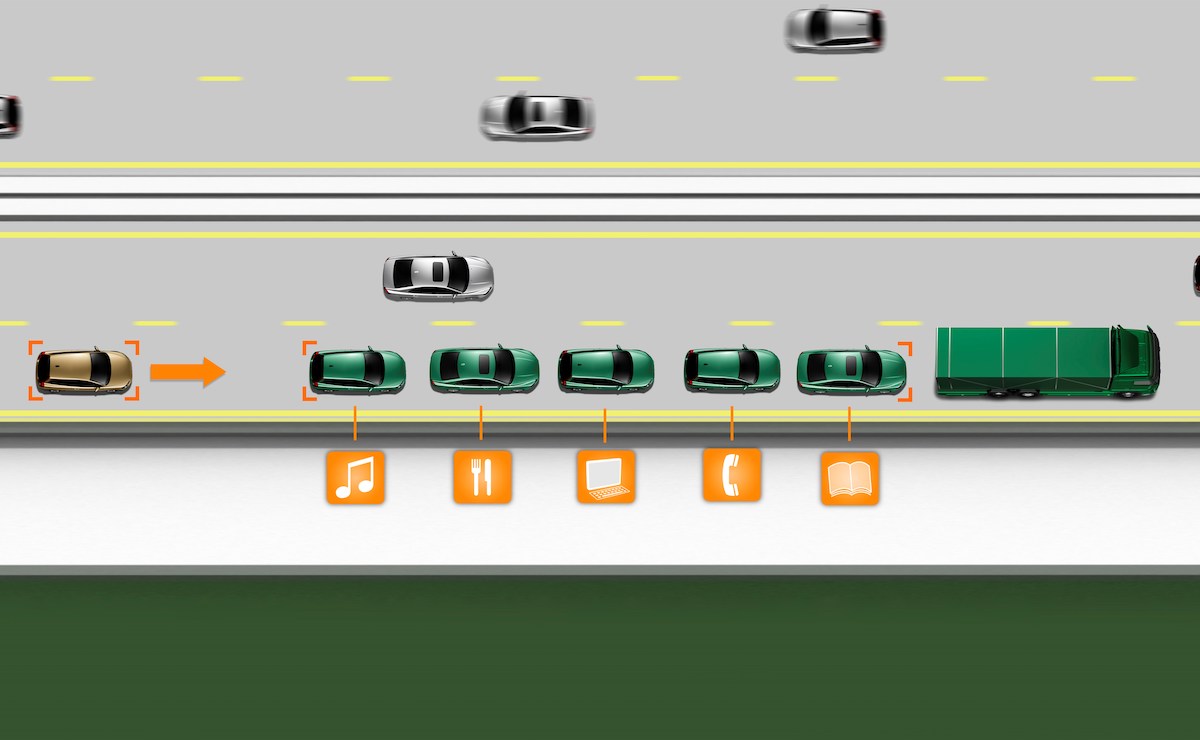I believe that car-lovers are quite familiar with the term “ADAS”. To understand from the abbreviation, ADAS is an “assistance” system for drivers, which activate warning function only before possible omissions of human operation or improve the safety of driving… either the adaptive cruise control, lane keeping, emergency braking assistant, automatic parking… etc., these are standard features commonly seen on cars nowadays. For sure, these features are classified not higher than Level 2 by SAE’s classification of levels of autonomous driving, which means these are not for autonomous driving. As for Level 4 and Level 5 fully autonomous driving, regarding the progress of the development and verification of the technology around the world, it might be pragmatic to predict the time of realization will not come until 2030, or even more years for the commercialization. In this situation, isn’t there any technology that is safer than ADAS can be applied in production cars in the next 10 years?

Euro NCAP encouraged carmakers to equip the DMS (Driver Monitoring System) on new cars since 2017. The DMS utilizes the feature of eye tracker software and IR cameras so that it can warn drivers as they get drowsy, or even take over controlling the car to stop in emergency. This feature has become common in the past few years, but the EU mandates the DMS installed as standard feature since 2023. On the other hand, NHTSA of USA proposed that the V2V feature must be installed on all new cars on the road since 2023. In recent years, not only DMS or V2V, the advancement of safety technologies of carmakers and IT companies has already outpaced the regulation enactment by government, because most of the market demand around the globe take “safety” as the most important factor of buying cars, therefore the market demand is more effective than mandatories. And the fully autonomous driving technologies of Level 4 or Level 5 began to be classified in detail, which might realize the commercialization in different stages by technical levels in the next 10 years, including the Level 4 roadside parking, garage parking, and the highway cruising that is predicted to happen in the next 3 years by major carmakers and IT companies, and the “peer to peer” highway transportation of logistics in the next 5 years. Certainly, the highway cruising of regular cars and logistics trucks might be technically feasible, but in conditions including the adjudication of traffic accidents, insurance laws, the ethics standard of autonomous driving systems at the moment of emergency collision, the cyber security of preventing systems from invasion by hackers, and the situation of small congestion caused by platooning due to the program design of autonomous driving vehicles, all these challenges, including law, cyber security, and blind spots of AI algorithms, are absolutely the most difficult phase of the commercialization of autonomous driving vehicles. Despite this, I still have strong confidence in R&D teams around the world that devoted many years on autonomous driving systems. In one hand, enormous investment has been there in the past few years that there’s no turning back; on the other hand, the last 10% is the most difficult part to overcome. It may start from parking in urban streets that often bothers road users in the beginning, then after the convenience of autonomous driving technologies is experienced by the mass, the atmosphere of the market will be changed to anticipating the commercialization of autonomous driving vehicles as soon as possible, and at that time, the industries, the authorities, and the academia will gain sufficient momentum and resources to pull all out the steps on breaking through challenges of the last 10%.
